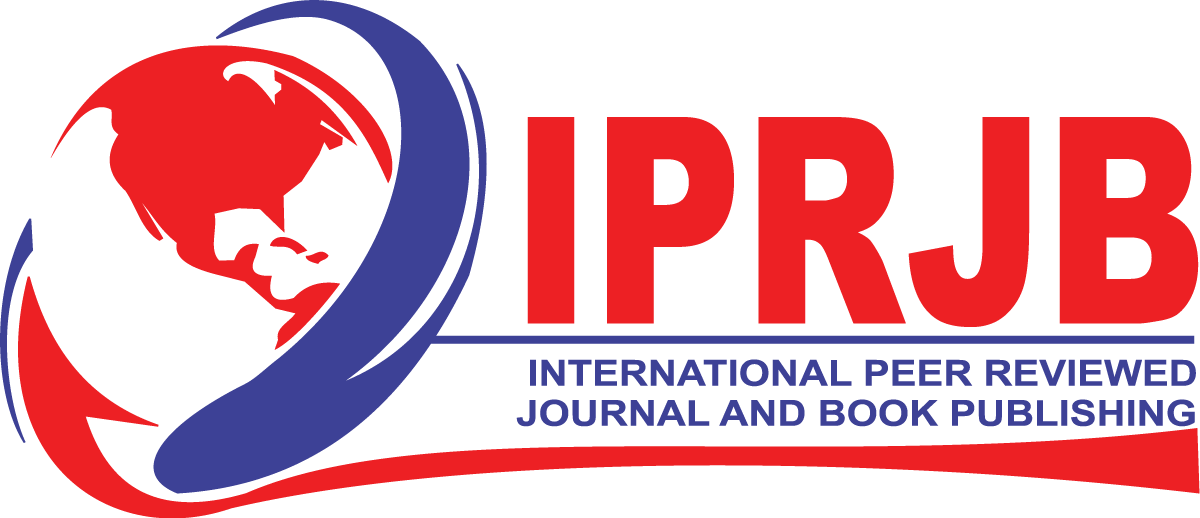Have you ever wondered about the lightning-fast pace of journal publishing? In a world where information travels at the speed of light, understanding the nuances of quick journal publishing is essential. Enter IPRJB Journals, where efficiency meets scholarly excellence. How do they manage to maintain quality while expediting the publication process?

Source: Google
Quick journal publishing is a term that refers to the process of submitting and publishing academic articles in a short period of time, usually within a few weeks or months. This is in contrast to the traditional journal publishing, which can take years from submission to publication. What are the benefits and drawbacks of quick journal publishing? How does it affect the quality and impact of research? One of the main advantages of quick journal publishing is that it allows researchers to disseminate their findings faster and more widely, which can increase their visibility and citation rates. For example, a study by IPRJB Journals, a leading platform for quick journal publishing, found that articles published in their journals had an average of 25% more citations than articles published in traditional journals within the same field and time span. Quick journal publishing can also help researchers to avoid duplication of efforts, as they can share their results with the scientific community before others work on the same topic.
However, quick journal publishing also has some potential drawbacks that need to be considered. One of them is the risk of compromising the quality and rigor of peer review, which is essential for ensuring the validity and reliability of research. Quick journal publishing may not allow enough time for reviewers to thoroughly evaluate the manuscripts, or may rely on less qualified or experienced reviewers. This can lead to errors, flaws, or misconduct in the published articles, which can damage the reputation and credibility of the authors and the journals. Another drawback is the possibility of increasing the publication bias, which is the tendency to favor positive or significant results over negative or inconclusive ones. Quick journal publishing may encourage researchers to publish only their best or most favorable findings, while ignoring or suppressing their less favorable ones. This can create a distorted picture of the state of knowledge and hinder the advancement of science.

Source: Google
Therefore, quick journal publishing is a double-edged sword that offers both opportunities and challenges for researchers and journals. It can facilitate the rapid and widespread dissemination of research, but it can also compromise its quality and integrity. The key is to find a balance between speed and rigor, and to adopt ethical and transparent practices that ensure the trustworthiness and usefulness of research. IPRJB Journals is one of the pioneers in quick journal publishing that strives to achieve this balance by providing high-quality and fast peer review, as well as open access and data sharing policies. By doing so, IPRJB Journals aims to promote excellence and innovation in research across various disciplines and fields.
In conclusion, the world of quick journal publishing is undergoing a significant transformation, driven by the digital age and the demands for rapid dissemination of knowledge. IPRJB Journals and similar publications are at the forefront of this evolution, striving to provide authors and readers with an efficient yet trustworthy platform. The trend toward swift publication presents both opportunities and challenges, and how journals navigate this terrain will undoubtedly shape the future of academic publishing.
